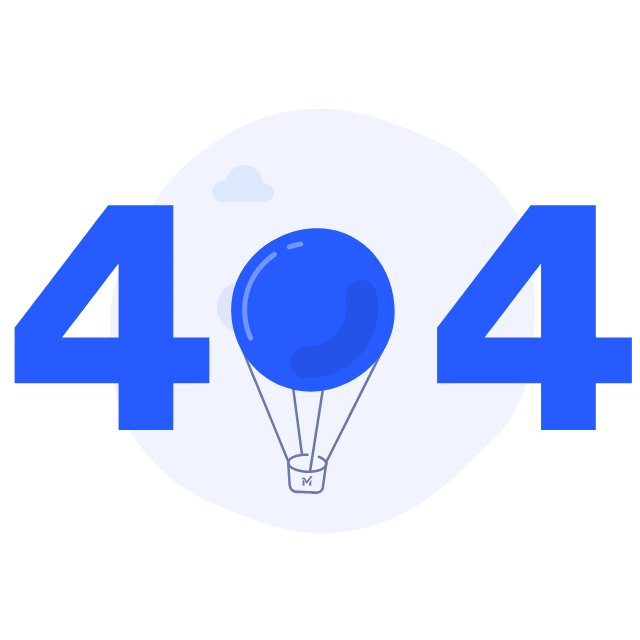Directions to Solve In each of the sentences given below a word is printed in bold. Below it four choices are given. Pick up the one which is most nearly the same in meaning as the word printer in bold and can replaces it without altering the meaning of the sentence. A enthusiastic
B fallible
C unrealistic
D unsuspecting
Share : |
A information phase, creative phase, investigation phase, evaluation phase
B creative phase, investigation phase, evaluation phase, information phase
C investigation phase, information phase, creative phase, evaluation phase
D creative phase, information phase, investigation phase, evaluation phase
Share : |
A enlarged view of motion study
B subdivision of an operation into therbligs and their analysis
C motion study, when seen on a time chart
D analysis of one stage of motion chart
Share : |
A costly equipment is used
B jobbing work economics are involved
C production is on large scale
D only few components are involved
Share : |
A fixed position layout
B process layout
C any one of these
D product layout
Share : |
A all of these
B loads are uniform
C routes do not vary
D materials move relatively continuously
Share : |
A Correct
B Incorrect
Share : |
A production schedule
B machine utilisation
C scheduling and routing
D sales
Share : |
A worth of a machine
B relative values of a job
C worker's performance on a job
D value of overall production
Share : |
A Planning Estimation and Resulting Technique
B Programme Estimation and Reporting Technique
C Process Estimation and Review Technique
D Programme Evaluation and Review Technique
Share : |




